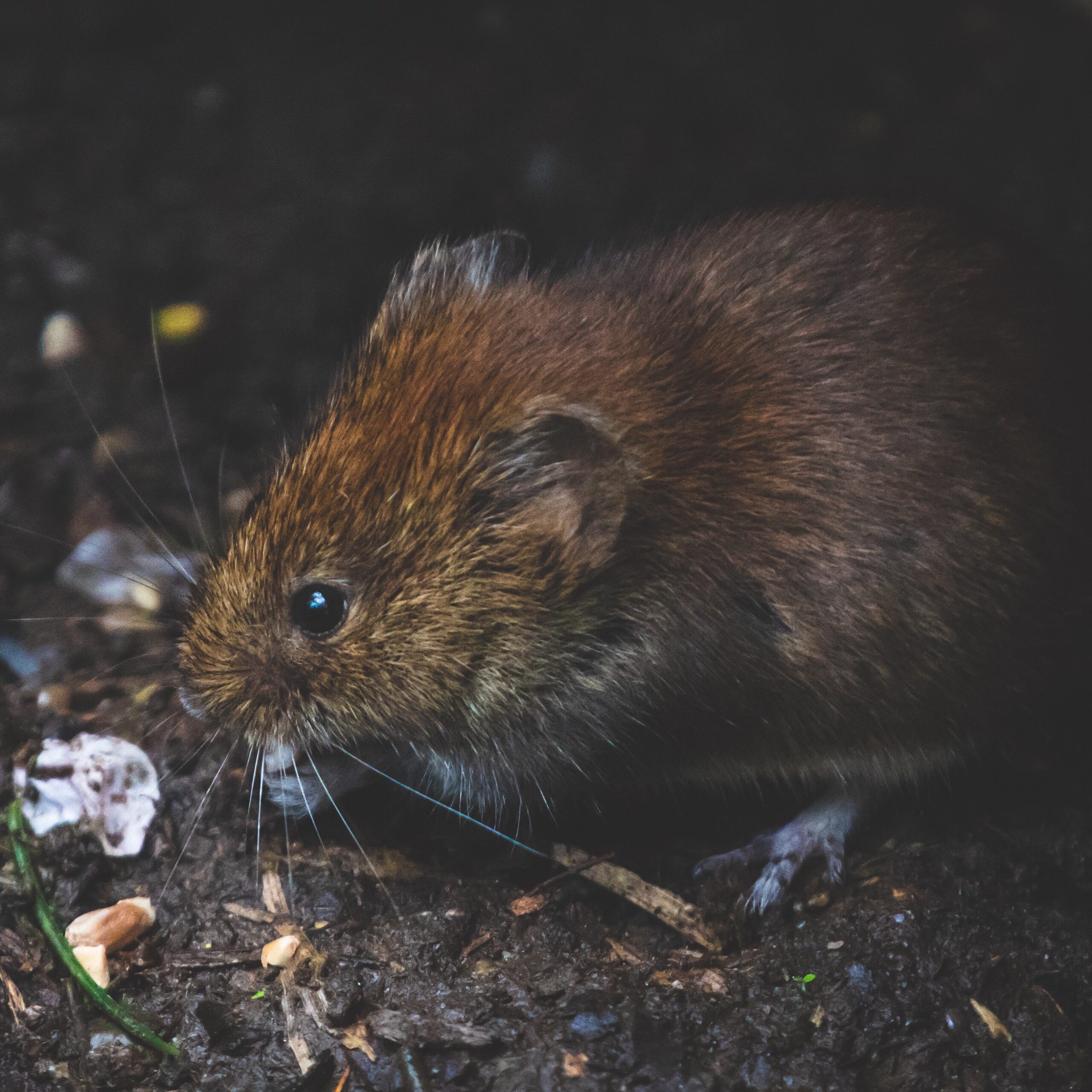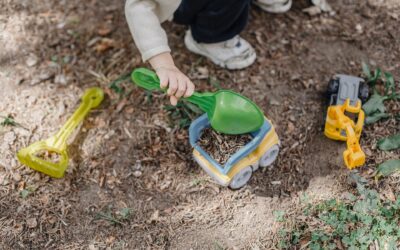No. 81: Choose non-toxic and eco-friendly materials for pest control
No. 81: Choose non-toxic and eco-friendly materials for pest control
Number 81
Learn why you should do this:
As schools focus on creating a healthier and more sustainable environment, the use of non-toxic and eco-friendly pest control materials has become increasingly important. Traditional pest control methods can have harmful effects on both human health and the environment. However, there are alternatives that provide environmental and financial benefits.
One of the most significant benefits of using non-toxic and eco-friendly pest control materials is reducing exposure to harmful chemicals. The use of traditional pesticides can cause numerous health problems, including respiratory issues, skin irritation, and even cancer. Children, in particular, are at a higher risk of developing health issues due to exposure to pesticides. By using eco-friendly pest control materials, schools can reduce these risks and create a healthier environment for students, staff, and faculty.
In addition to health benefits, using eco-friendly pest control materials can also have a positive impact on the environment. Traditional pesticides can have harmful effects on the ecosystem, including contaminating soil and water sources. Furthermore, these chemicals can harm non-target species, such as bees, butterflies, and birds. By choosing non-toxic and eco-friendly materials, schools can reduce their impact on the environment and support biodiversity.
Eco-friendly pest control materials can also be cost-effective in the long run. While the initial investment may be higher than traditional pesticides, eco-friendly materials are generally more durable and long-lasting. They may also require less frequent application, reducing the need for ongoing maintenance and labor costs. Additionally, using non-toxic materials can reduce the likelihood of pest resistance, which can require additional applications and costs over time.
One effective non-toxic pest control method is integrated pest management (IPM), which focuses on preventative measures such as sanitation, exclusion, and monitoring to reduce the need for pesticides. IPM can include the use of natural predators, such as ladybugs, to control pests or the installation of physical barriers to prevent infestations. By implementing IPM, schools can reduce their reliance on traditional pesticides and reduce the risk of negative health and environmental impacts.
According to the Environmental Protection Agency (EPA), schools that have implemented IPM have seen a decrease in pesticide use by up to 90%. This reduction not only benefits the health and well-being of students and faculty but can also result in financial savings.
In addition to IPM, schools can also choose to use eco-friendly materials, such as plant-based or mineral-based pesticides, for pest control. These materials are often less harmful to the environment and can be just as effective as traditional pesticides.
Overall, the use of non-toxic and eco-friendly pest control materials in schools can have numerous environmental, health, and financial benefits. By choosing these materials, schools can reduce their impact on the environment, create a healthier environment for students and staff, and potentially save money in the long run.
Sources:
-
American Lung Association. (2021). Green Cleaning, Sanitizing, and Disinfecting: A Toolkit for Early Care and Education. Retrieved from https://www.lung.org/clean-air/at-home/green-cleaning/eco-healthy-child-care
-
Environmental Protection Agency. (n.d.). Integrated Pest Management (IPM) in Schools. Retrieved from https://www.epa.gov/managing-pests-schools/integrated-pest-management-ipm-schools
-
National Pesticide Information Center. (2021). Green Cleaning and Pest Control. Retrieved from https://www.npic.orst.edu/envir/greenpestcontrol.html
-
New York State Department of Health. (2020). Non-Toxic Pest Control. Retrieved from https://www.health.ny.gov/environmental/pests/toxicity.htm
-
Oregon State University. (2021). Eco-Friendly Pest Control for Schools. Retrieved from https://workspace.oregonstate.edu/course/ecofriendly-pest-control-schools

All 100 ideas in one, easy to share ebook. Download now and start helping your school be its best version of itself...
Downloaded over 17,000 times!

More ways to make a difference, now!
No. 26: Install bike racks at school
Number 26 Installing bike racks in schools can benefit the environment, promote physical activity, and save money. Students who bike to school have improved physical fitness and academic performance, while schools can save money on transportation costs and reduce...
No. 18: Use digital signage instead of paper posters
Number 18 Using energy-efficient digital signage instead of paper posters in schools has environmental and financial benefits. It reduces waste and saves energy, resulting in cost savings. Experts suggest that digital signage is also more effective in communicating...
No. 4: Create sustainable play areas
Number 4 This article discusses the environmental and financial benefits of creating sustainable play areas in schools. These play areas reduce waste, promote a connection to nature, reduce carbon emissions, and save schools money on maintenance and utility bills....





